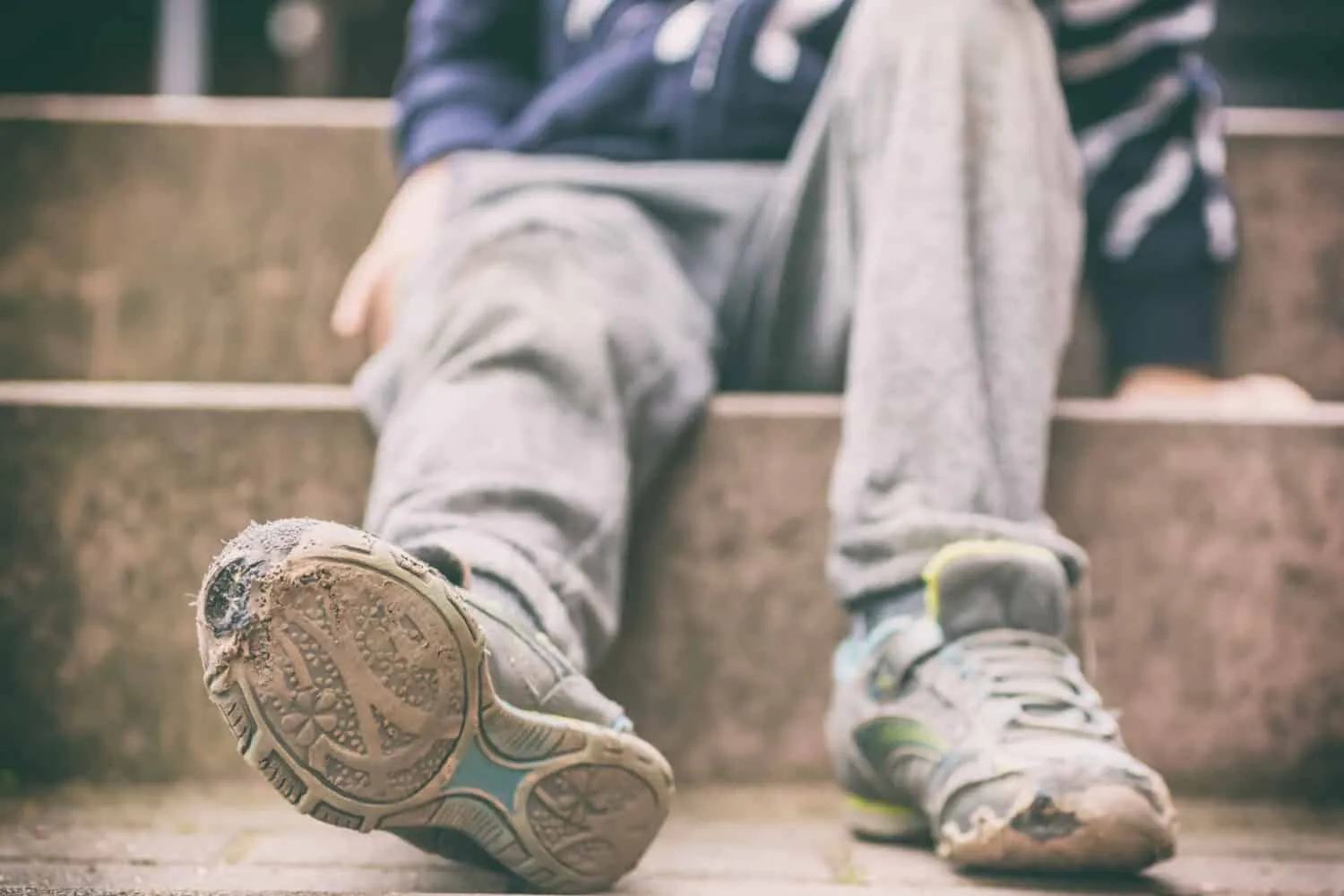Nestled in the southeastern corner of Indiana, Scott County holds a stark surprise: Austin, a small town grappling with the title of the state’s poorest. Beyond a quaint facade lies a community battling significant poverty, struggling with the scars of a past HIV crisis, and facing the realities of limited opportunities. This article delves into the complex tapestry of Austin’s circumstances, illuminating the challenges its residents face and exploring the factors that contribute to its economic hardship.
Source – a-z-animals
The Grip of Poverty:
Statistics paint a grim picture. As of 2022, a staggering 24% of Austin’s residents live below the poverty line, nearly double the state’s average of 12.6%. This translates to nearly one in four individuals struggling to afford basic necessities. The median household income further underscores the economic disparity, with Austin households earning a meagre $27,008 compared to the statewide median of $61,944. These numbers illustrate a harsh reality: Austin residents grapple with significantly fewer resources than their Indiana counterparts.
Unraveling the Roots:
A multitude of factors weave into the narrative of Austin’s poverty. The 2015 HIV crisis stands as a significant turning point. The sudden surge in cases, primarily fueled by unsafe injection practices, cast a long shadow. A delayed response from authorities created a prolonged period of vulnerability, exacerbating existing hardships.
The Link Between Drugs and Poverty:
Drug use and poverty often intertwine in a complex dance. While it’s difficult to pinpoint drug use as the sole cause of Austin’s economic woes, its impact on the community is undeniable. Addiction can cripple families, leaving them with fewer resources to meet basic needs. Studies paint a stark picture: Austin grapples with high unemployment rates, limited access to healthcare, and a significant population lacking a high school diploma, all factors often linked to drug use.
Beyond the Numbers:
Statistics offer a glimpse into the problem, but the true story lies in the experiences of Austin’s residents. Imagine mothers struggling to feed their children, families torn apart by addiction, and young people yearning for opportunities that seem just out of reach. The emotional toll of poverty is immense, casting a shadow on even the most fundamental aspects of life.
Glimmers of Hope:
Despite the challenges, Austin refuses to surrender. Local organizations tirelessly work to provide support and resources. Food banks offer sustenance, outreach programs connect individuals with healthcare, and addiction treatment centers offer hope for recovery. These efforts, fueled by community spirit and resilience, provide a beacon of light in the midst of hardship.
The Road Ahead:
Addressing Austin’s poverty demands a multifaceted approach. Economic development initiatives are crucial to create jobs and bolster incomes. Educational opportunities need to be expanded to equip residents with the skills needed to thrive. Comprehensive healthcare, including addiction treatment and prevention programs, is essential to support recovery and break the cycle of poverty.
FAQ’s:
What are the main causes of poverty in Austin?
While the HIV crisis played a significant role, other factors like limited job opportunities, lack of access to education and healthcare, and historical economic disparities contribute to the town’s struggles.
How does Austin’s poverty compare to other parts of Indiana?
Austin’s poverty rate is nearly double the state average, and its median household income is less than half of Indiana’s. This highlights the stark economic disparity within the state.
What are the specific challenges faced by families living in poverty in Austin?
Food insecurity, housing instability, limited access to quality healthcare and education, and the social stigma associated with poverty are some of the major challenges faced by families in Austin.
How did the HIV crisis in 2015 affect Austin?
The rapid rise of HIV cases, primarily due to unsafe injection practices, placed a significant strain on the community’s resources and healthcare system. The delayed response from authorities further exacerbated the crisis and its long-term effects.
What are the ongoing challenges related to the HIV crisis in Austin?
While the spread of HIV has been controlled, the stigma and discrimination associated with the disease remain significant challenges. Additionally, providing ongoing support and treatment for those affected by the crisis requires sustained efforts.
What resources are available to residents of Austin struggling with poverty and its effects?
Local food banks, community centers, faith-based organizations, and government assistance programs offer various forms of support, including food assistance, housing assistance, job training, and healthcare access.
How can individuals and organizations outside of Austin help?
Donations to local charities and support organizations, volunteering your time and skills, and raising awareness about Austin’s struggles can all make a positive impact.
What are some success stories of individuals or families overcoming poverty in Austin?
Highlighting stories of resilience and hope can inspire others and demonstrate the potential for positive change within the community.
Conclusion:
Austin’s story is not just about statistics; it’s about the human spirit. It’s a story of struggle, resilience, and the unwavering hope for a brighter future. By acknowledging the realities of Austin’s poverty and collaborating on solutions, we can pave the way for a future where every Hoosier has a chance to thrive.
Disclaimer:
The information presented in this article is based on publicly available data and reports. While we have strived to ensure accuracy and objectivity, the complexities of poverty and its causes are multifaceted and subject to ongoing research and discussion. We encourage readers to explore further resources and engage in informed dialogue about Austin’s specific circumstances and potential solutions.
Furthermore, this article aims to shed light on the challenges faced by Austin’s community without perpetuating stereotypes or stigmatizing individuals living in poverty. We recognize the inherent dignity and strength of every individual and believe in fostering understanding and empathy when discussing complex societal issues.
Finally, we acknowledge that progress towards alleviating poverty requires a concerted effort from various stakeholders, including government agencies, community organizations, and individual citizens. By working together with an informed and compassionate approach, we can contribute to a future where all communities, including Austin, have the opportunity to thrive.

